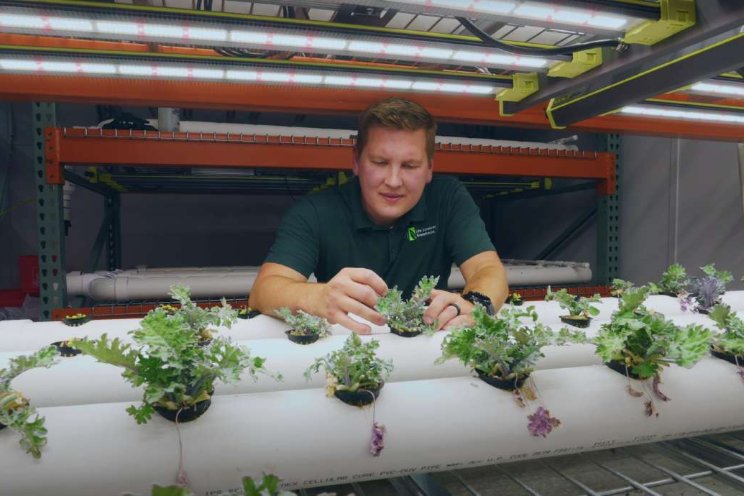How to rid your greenhouse crops of Botrytis Blight
Added on 21 January 2020

Everything You Ever Wanted to Know About MBCAs
MBCAs control plant pathogens and protect plants from disease using a variety of different mechanisms or modes of action. These include:
- Hyperparasitism
- Antibiosis
- Induced resistance
- Competition
MBCAs can be antagonists that directly inhibit or kill the pathogen by hyperparasitism, or antibiosis. Parasitism is a direct interaction between the MBCA and the pathogen, in which the MBCA uses the pathogen for nutrients. Hyperparasitism refers specifically to the interaction where a parasite (the MBCA) is infecting another parasite (the plant pathogen). MBCAs can also directly inhibit pathogen growth by producing and excreting antibiotics or other toxins. This is referred to as antibiosis.
Some MBCAs do not have any direct interactions with the pathogen, but they induce resistance responses within the plant. The presence of the MBCA turns on biochemical pathways in the plant that are involved in defense against pathogens and prevent or reduce disease symptoms. Other MBCAs inhibit pathogens by out-competing them for space or nutrients or modulating other environmental conditions that negatively impact the growth and success of the pathogen.
Improved efficacy can be obtained when biopesticides contain multiple microorganisms with different modes of action. This makes it less likely for pathogens to develop resistance. MBCAs often include fungi from the genus Trichoderma and bacteria from the genera Bacillus and Pseudomonas.
How We Calculated Disease Severity
Botrytis cinerea, the causal agent of botrytis blight, is one of the most common and economically devastating pathogens of greenhouse crops due to its wide host range. It can infect plants and cause losses during greenhouse production as well as during shipping and retailing. Cool temperatures, high humidity, reduced air movement, and wet flowers and leaves are conducive to B. cinerea infection. B. cinerea has developed resistance to many chemical fungicides, so MBCAs provide a good option for improving disease control.
Everything You Ever Wanted to Know About MBCAs
MBCAs control plant pathogens and protect plants from disease using a variety of different mechanisms or modes of action. These include:
- Hyperparasitism
- Antibiosis
- Induced resistance
- Competition
MBCAs can be antagonists that directly inhibit or kill the pathogen by hyperparasitism, or antibiosis. Parasitism is a direct interaction between the MBCA and the pathogen, in which the MBCA uses the pathogen for nutrients. Hyperparasitism refers specifically to the interaction where a parasite (the MBCA) is infecting another parasite (the plant pathogen). MBCAs can also directly inhibit pathogen growth by producing and excreting antibiotics or other toxins. This is referred to as antibiosis.
Some MBCAs do not have any direct interactions with the pathogen, but they induce resistance responses within the plant. The presence of the MBCA turns on biochemical pathways in the plant that are involved in defense against pathogens and prevent or reduce disease symptoms. Other MBCAs inhibit pathogens by out-competing them for space or nutrients or modulating other environmental conditions that negatively impact the growth and success of the pathogen.
Improved efficacy can be obtained when biopesticides contain multiple microorganisms with different modes of action. This makes it less likely for pathogens to develop resistance. MBCAs often include fungi from the genus Trichoderma and bacteria from the genera Bacillus and Pseudomonas.
How We Calculated Disease Severity
Botrytis cinerea, the causal agent of botrytis blight, is one of the most common and economically devastating pathogens of greenhouse crops due to its wide host range. It can infect plants and cause losses during greenhouse production as well as during shipping and retailing. Cool temperatures, high humidity, reduced air movement, and wet flowers and leaves are conducive to B. cinerea infection. B. cinerea has developed resistance to many chemical fungicides, so MBCAs provide a good option for improving disease control.
Click here for more information.
Photo Credit: Kaylee South
Source: Greenhouse Grower
More news















